

Articles
How Much Cost To Build A Kegerator
Modified: October 20, 2024
Discover articles about the cost to build a kegerator and learn how to save money on this popular DIY project.
(Many of the links in this article redirect to a specific reviewed product. Your purchase of these products through affiliate links helps to generate commission for Storables.com, at no extra cost. Learn more)
Introduction
Are you a beer enthusiast who loves hosting parties or simply enjoys a refreshing draft beer at home? If so, then building a kegerator might be the perfect solution for you. A kegerator is a specially designed refrigerator that allows you to store and dispense kegs of beer, ensuring a cold and perfectly carbonated brew every time.
Building a kegerator can be a fun and rewarding DIY project, but before diving in, it’s important to understand the basics and consider the factors that affect the cost. In this article, we will explore the various components, materials, and equipment required to build a kegerator, as well as the additional costs involved. Whether you’re a beer aficionado or a newbie to the world of kegs, this guide will help you determine how much it will cost to build your own kegerator.
Key Takeaways:
- Building a kegerator can be a cost-effective and rewarding DIY project, offering flexibility and potential long-term savings through energy-efficient components and strategic planning.
- With smart budgeting and savvy decision-making, it’s entirely feasible to build a high-quality kegerator on a budget by repurposing existing appliances, seeking deals and discounts, and prioritizing essential upgrades.
Read more: How Much Does A New Kegerator Cost
Understanding the Basics of a Kegerator
Before delving into the cost of building a kegerator, it’s essential to understand the basic components and functionality of this appliance. At its core, a kegerator is a modified refrigerator that is specifically designed to store and dispense kegs of beer. It features a combination of refrigeration and dispensing systems that maintain the beer at the ideal temperature and carbonation level.
The key components of a kegerator include:
- Refrigeration Unit: The refrigeration unit is responsible for cooling the keg and maintaining a consistent temperature. It is typically installed in the back or top of the unit, and it should be powerful enough to cool the keg to the desired temperature range, usually between 36°F and 40°F (2°C and 4°C).
- CO2 Tank and Regulator: The CO2 tank provides the carbonation necessary to dispense the beer. It is connected to a regulator, which controls the amount of CO2 released into the keg. The pressure can be adjusted to achieve the desired carbonation level for different beer styles.
- Dispensing Tower and Faucet: The dispensing tower is mounted on top of the kegerator and contains one or multiple faucets. It connects to the keg via beer lines, allowing the beer to flow from the keg and through the faucet into the glass.
- Drip Tray: The drip tray is positioned under the faucets to catch any spills or drips during the pouring process. It helps to keep the area clean and prevent any beer wastage.
It’s worth noting that while most kegerators are designed to accommodate standard 5-gallon (19-liter) kegs, there are also options available for smaller or larger kegs, depending on your preferences and needs.
Now that you have a basic understanding of what a kegerator entails, let’s dive into the factors that can impact the cost of building your own kegerator.
Factors Affecting the Cost of Building a Kegerator
Building a kegerator can be a relatively affordable project, but the total cost can vary depending on several factors. Understanding these factors will help you budget and make informed decisions during the building process. Here are the main factors that can affect the cost of building a kegerator:
- Size of the kegerator: The size of the kegerator will influence the cost of materials, such as the refrigerator or freezer unit, as well as the amount of insulation required. Larger kegerators will generally require more expensive components.
- Type of the kegerator: There are different types of kegerators available, including full-size, mini, and built-in models. Full-size kegerators, capable of holding multiple kegs, will be more expensive due to their larger capacity.
- Quality of materials: The quality of the materials used can impact the durability and performance of the kegerator. Opting for high-quality components, such as stainless steel faucets and shanks, may incur higher costs upfront but can provide better long-term value.
- Brand preferences: Some individuals may prefer specific brands for their kegerator components, such as popular brands for the refrigeration unit or CO2 tank. These brand preferences can add to the overall cost.
- Customization options: If you desire additional customization, such as adding LED lights, a digital temperature control system, or a custom-designed tap handle, these options may increase the overall cost.
- Location and availability: The cost of materials and equipment can vary depending on your location and the availability of specific components. Purchasing items locally or online can impact the final cost.
Keep in mind that while some of these factors contribute to the initial cost, there may also be long-term savings. For example, investing in energy-efficient components can result in lower electricity consumption over time, reducing operating costs.
Now that we’ve explored the factors that can affect the cost of building a kegerator, let’s break down the expenses involved in building one.
Cost Breakdown of Materials and Equipment
Building a kegerator requires several essential materials and equipment. Understanding the cost breakdown of these components will give you a better idea of how much you can expect to spend. Here is a breakdown of the typical materials and equipment needed to build a kegerator:
- Refrigerator or Freezer Unit: The most significant expense for building a kegerator is the refrigerator or freezer unit. The cost can vary depending on the size, brand, and features you choose. On average, you can expect to spend between $200 and $800 for a quality unit. Keep in mind that repurposing an existing fridge can save costs.
- Conversion Kit: A conversion kit is necessary to transform the refrigerator or freezer into a kegerator. It typically includes the necessary components such as the CO2 tank, regulator, beer lines, faucets, and shanks. The price of a conversion kit can range from $100 to $300, depending on the brand and quality.
- Keg(s) and Coupler(s): The cost of the keg(s) will depend on the size and type of beer you prefer. A standard 5-gallon (19-liter) keg can cost around $60 to $150. The coupler(s), which connect the keg to the beer lines, can range from $30 to $60 each.
- Beer Lines and Fittings: Beer lines and fittings are necessary for transferring the beer from the keg to the faucet. The cost of these components will depend on the length and quality. Estimate around $20 to $50 for beer lines and fittings.
- Faucet(s) and Shank(s): The cost of faucets and shanks will depend on the style and material. Basic faucets can range from $20 to $50 each, while higher-end options can cost $50 to $100. Shanks, which connect the faucet to the beer line, can range from $20 to $40 each.
- CO2 Tank and Regulator: The CO2 tank and regulator provide the carbonation for your kegerator. The cost of a CO2 tank can range from $50 to $150, depending on size and material. The regulator to control the gas flow can cost around $40 to $80.
- Drip Tray: A drip tray is essential to catch any spills or drips during pouring. Prices for drip trays typically range from $20 to $50 depending on size and material.
- Temperature Control: If you want precise temperature control, you may consider purchasing a digital temperature control system. This can range in price from $50 to $200 depending on the features and brand.
Keep in mind that the prices mentioned above are estimates and can vary depending on brand, quality, and availability. Additionally, consider the cost of cleaning and maintenance supplies, such as cleaning solution, brushes, and spare parts, in your budget.
Now that we’ve covered the cost breakdown of materials and equipment, let’s explore other factors that can impact the total cost of building a kegerator.
When building a kegerator, consider the cost of the keg, CO2 tank, regulator, beer lines, and a refrigerator or conversion kit. Prices can vary, so shop around for the best deals.
Additional Costs to Consider
When budgeting for your kegerator project, it’s important to consider additional costs that may arise. These costs are often overlooked but can significantly impact your total expenditure. Here are some additional costs to consider when building a kegerator:
- Keg Deposits or Refunds: Some breweries or distributors charge a deposit for kegs, which is refunded when the keg is returned. This deposit can range from $30 to $100 per keg, depending on the brand and type of beer. Make sure to factor in these deposits if applicable.
- Gas Refills: The CO2 tank will need to be refilled or exchanged periodically. The cost of gas refills can vary depending on your location and the size of the tank. Expect to spend around $15 to $30 per refill.
- Beer Purchases: Building a kegerator means you’ll be buying kegs of beer instead of individual bottles or cans. The cost of kegs will vary depending on the brand, style, and size. Be sure to include the ongoing cost of purchasing kegs in your budget.
- Upgrades and Accessories: As you delve into the world of kegerators, you may find yourself wanting to upgrade or add accessories to enhance your experience. This can include things like a keg level indicator, tap handle upgrades, or even a dedicated cleaning kit. These upgrades and accessories can add to the overall cost of your kegerator project.
- Energy Consumption: It’s important to consider the increased energy consumption of running a kegerator. While the cost will vary depending on your local electricity rates and the energy efficiency of the unit, it’s essential to account for this ongoing expense in your budget.
By taking these additional costs into consideration, you’ll have a more accurate estimate of the overall investment required for your kegerator project. Now that we’ve explored the cost factors and additional expenses, let’s discuss the pros and cons of building a kegerator yourself versus purchasing a pre-built unit.
Read more: How Much Cost To Build A Fence
DIY vs. Pre-built Kegerators: Which is More Cost-Effective?
When it comes to obtaining a kegerator, you have two main options: building one yourself or purchasing a pre-built unit. Both options have their advantages and considerations, including cost-effectiveness. Let’s explore the pros and cons of each to help you decide which route is more suitable for your needs and budget.
DIY Kegerator:
Building a kegerator yourself can be a rewarding project, allowing you to customize the unit according to your preferences. From choosing the right refrigerator to selecting components and accessories, the DIY approach offers flexibility and creativity. However, consider the following aspects when determining cost-effectiveness:
- Lower Initial Cost: Building your own kegerator can often be more cost-effective initially. By sourcing materials, equipment, and components separately, you have the opportunity to find deals and choose affordable options, potentially reducing the overall cost.
- Potential for Higher Long-Term Cost-Savings: With a DIY kegerator, you have the ability to select energy-efficient components and implement efficient temperature control measures. This can lead to long-term cost-savings by reducing electricity consumption and minimizing waste.
- Time and Effort: Building a kegerator from scratch requires time, research, and hands-on work. If you are not experienced in DIY projects, you may need to invest additional time and effort into learning and accomplishing the task, which can be considered as an opportunity cost.
Pre-built Kegerators:
Purchasing a pre-built kegerator offers convenience and ease. These units are typically ready to use and require minimal setup. Consider the following factors when assessing the cost-effectiveness of a pre-built kegerator:
- Higher Initial Cost: Pre-built kegerators often come with a higher upfront cost compared to building one yourself. The cost includes not just the appliance itself but also the integration of all necessary components and accessories.
- Simplified Setup and Support: With a pre-built kegerator, you can skip the assembly process and get to enjoying your draft beer faster. Additionally, customer support and warranty options provided by the manufacturer can add value and potentially save you money in the event of any issues.
- Limited Customization: While pre-built kegerators come with convenience, they may have limited customization options compared to a DIY build. If you have specific preferences or want unique features, a pre-built unit might not fully meet your needs.
Ultimately, the decision between a DIY kegerator and a pre-built one depends on your budget, time availability, and desire for customization. If you are budget-conscious, enjoy hands-on projects, and want the freedom to personalize your setup, building a kegerator yourself may be more cost-effective. However, if you prioritize convenience, quick setup, and are willing to invest in a pre-built unit, it can be a hassle-free option.
Now that you have an understanding of the cost considerations and options available, let’s explore some tips for building a kegerator on a budget.
Tips for Building a Kegerator on a Budget
Building a kegerator doesn’t have to break the bank. With some strategic planning and smart decision-making, you can create a high-quality kegerator while staying within your budget. Here are some helpful tips to build a kegerator on a budget:
- Repurpose an Existing Refrigerator: Instead of purchasing a brand new refrigerator, consider repurposing an existing one. Look for used refrigerators in good condition, such as mini-fridges or older models, that can be converted into a kegerator. This can significantly reduce costs.
- Shop for Deals and Discounts: Take the time to shop around and compare prices for the necessary components and equipment. Look for sales, promotions, and discounts from online retailers, local homebrew shops, or even second-hand marketplaces. Being patient and keeping an eye out for deals can save you money.
- Consider Package Deals or Conversion Kits: Some retailers offer package deals or conversion kits that include multiple components needed for the conversion process. These kits are often priced more competitively than purchasing individual parts separately, offering cost savings.
- Determine Essential Upgrades: While it can be tempting to go for all the bells and whistles, determine which upgrades are essential for your kegerator setup. Focus on key components like a reliable regulator, good-quality faucets, and proper insulation. You can always add additional features later when your budget allows.
- Borrow Tools or Seek DIY Assistance: If you don’t have all the necessary tools, consider borrowing from friends or family who may have them. Alternatively, seek DIY assistance from more experienced individuals who can guide you through the process, potentially saving you from costly mistakes.
- Buy Used Equipment: Look for used or refurbished equipment, such as CO2 tanks and regulators, at a lower cost. Just ensure that the items are in good working condition and properly tested before purchasing.
- DIY Cleaning and Maintenance: Rather than spending money on specialized cleaning kits, you can often make your own cleaning solution with basic household ingredients like baking soda and vinegar. DIY cleaning methods can be just as effective and budget-friendly.
- Consider Homemade Tap Handles: Instead of purchasing expensive tap handles, get creative and make your own. You can use materials like wood, resin, or even repurpose objects that reflect your personal style or beer preferences.
By implementing these tips, you can significantly reduce the cost of building your kegerator without compromising on quality or functionality. Remember, building a kegerator is a fun and rewarding project, and finding ways to save money only adds to the satisfaction when you enjoy your perfectly poured draft beer.
Now that we’ve provided tips on building a kegerator on a budget, it’s time to wrap up our discussion.
Conclusion
Building a kegerator offers a fantastic opportunity for beer enthusiasts to enjoy a fresh and perfectly poured draft beer at home. While there are costs involved, with proper planning and budgeting, you can create a kegerator that fits your needs without breaking the bank.
Understanding the basics of a kegerator, including its main components and functionality, is crucial for a successful build. Additionally, being aware of the factors that affect the cost, such as size, quality of materials, and customization options, allows you to make informed decisions.
When it comes to cost breakdown, the refrigerator or freezer unit and conversion kit are the primary expenses. However, additional costs like keg deposits, gas refills, and ongoing beer purchases should also be taken into account.
Choosing between a DIY kegerator or a pre-built unit depends on your preferences, budget, and customization desires. While DIY kegerators offer flexibility and potential long-term savings, pre-built kegerators provide convenience and simplified setup.
Building a kegerator on a budget is entirely feasible with the right strategies. Repurposing an existing refrigerator, shopping for deals and discounts, and considering essential upgrades are effective ways to save money. Borrowing tools, buying used equipment, and DIY cleaning solutions are also cost-saving options to consider.
In conclusion, whether you decide to build a kegerator yourself or purchase a pre-built unit, the joy of having your own draft beer system at home is worth the investment. By considering the cost factors and implementing cost-saving techniques, you can create a kegerator that not only satisfies your beer cravings but also fits your budget.
So go ahead, gather your materials, plan your build, and start savoring the freshness and flavor of draft beer in the comfort of your own home!
Frequently Asked Questions about How Much Cost To Build A Kegerator
Was this page helpful?
At Storables.com, we guarantee accurate and reliable information. Our content, validated by Expert Board Contributors, is crafted following stringent Editorial Policies. We're committed to providing you with well-researched, expert-backed insights for all your informational needs.
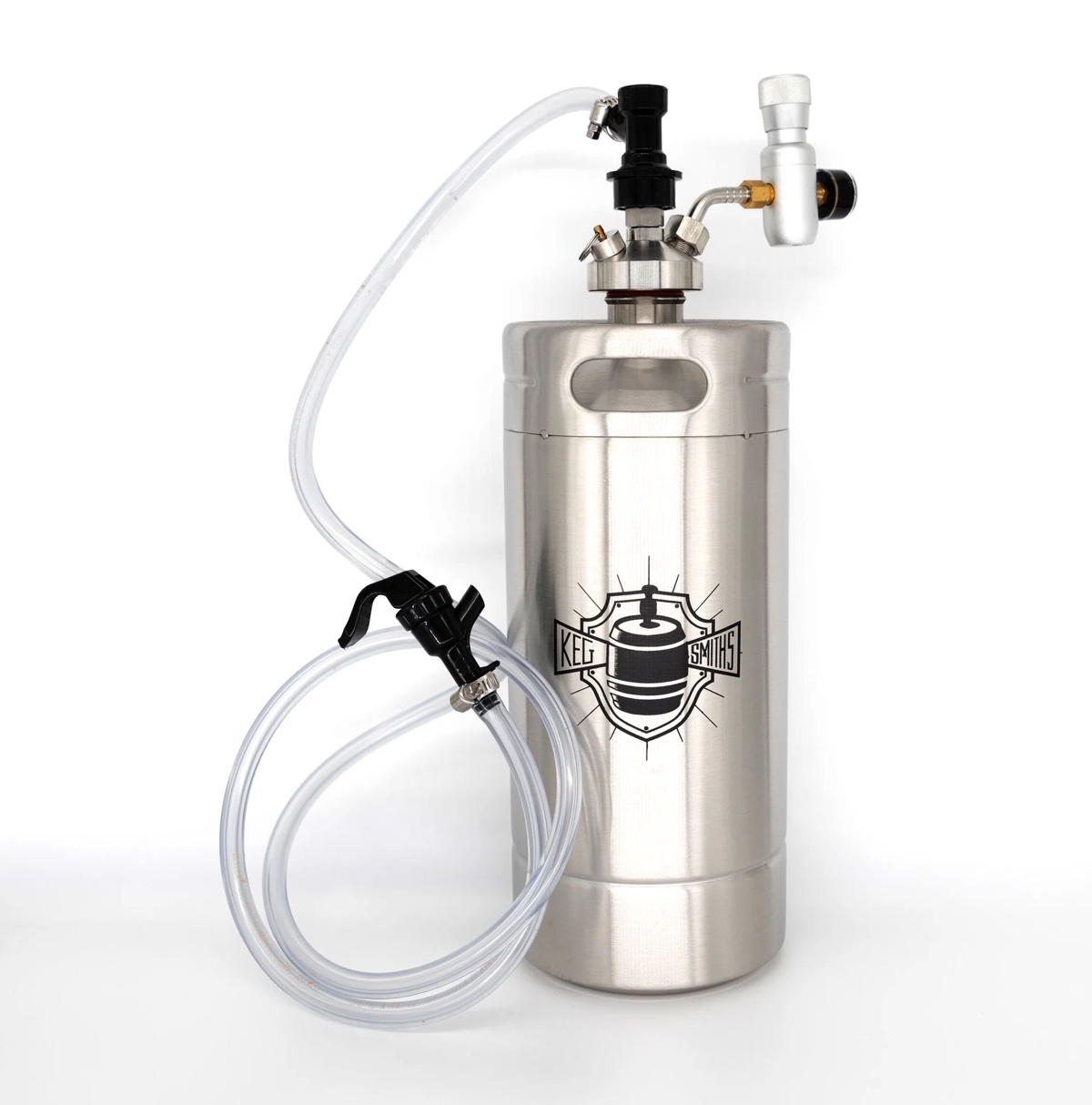
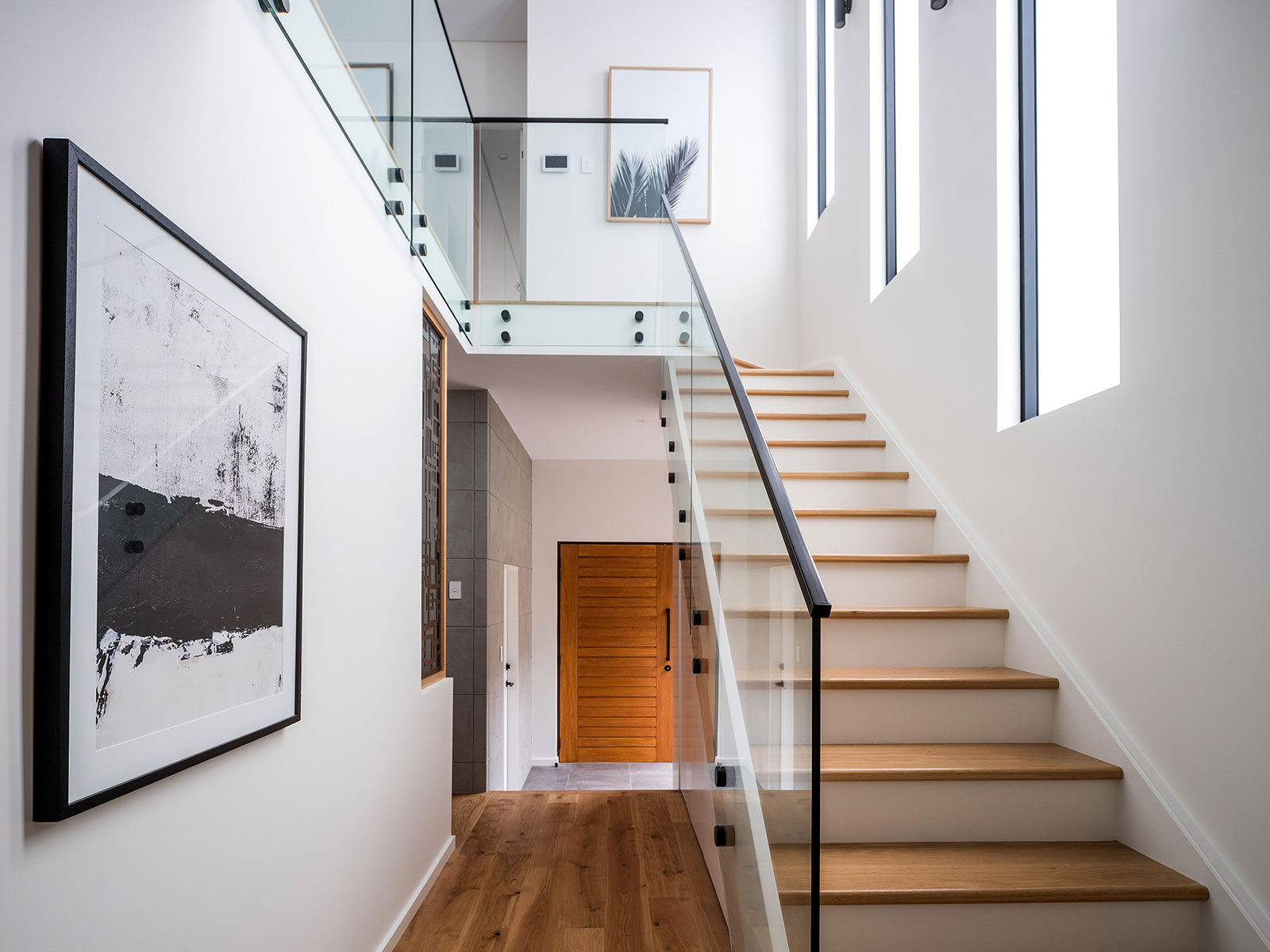
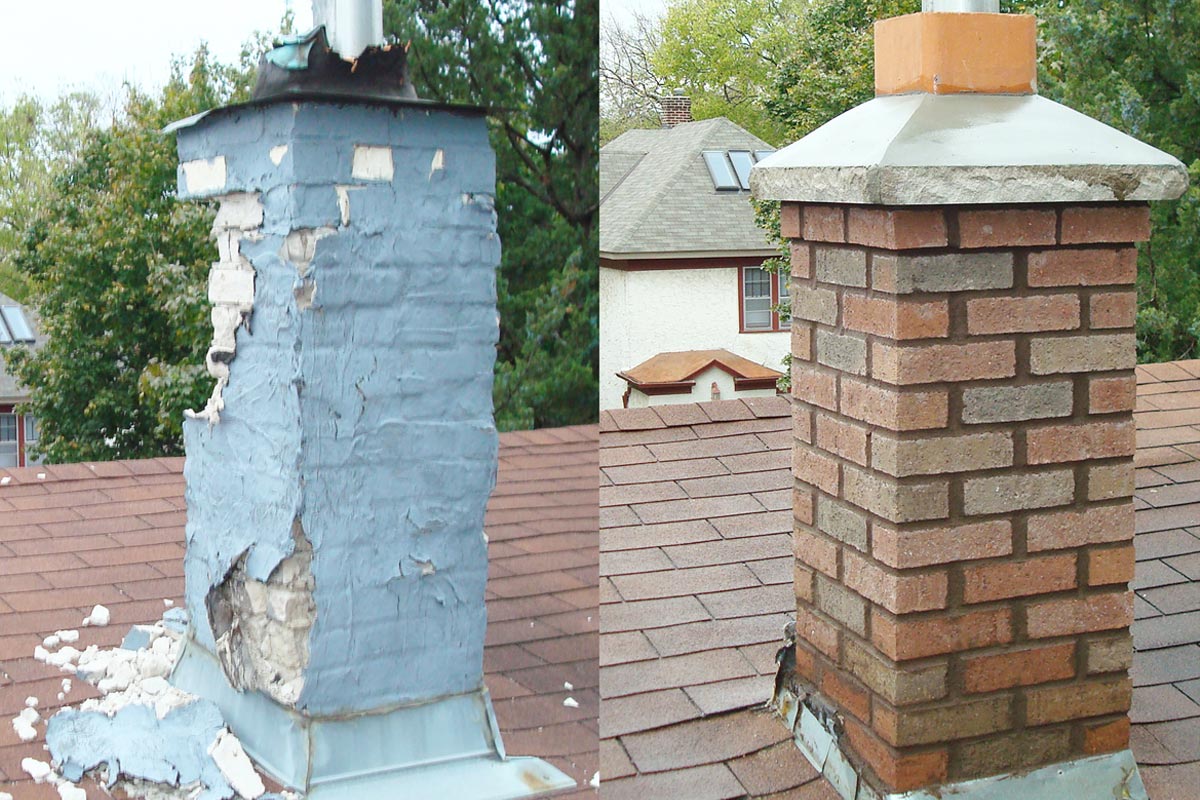
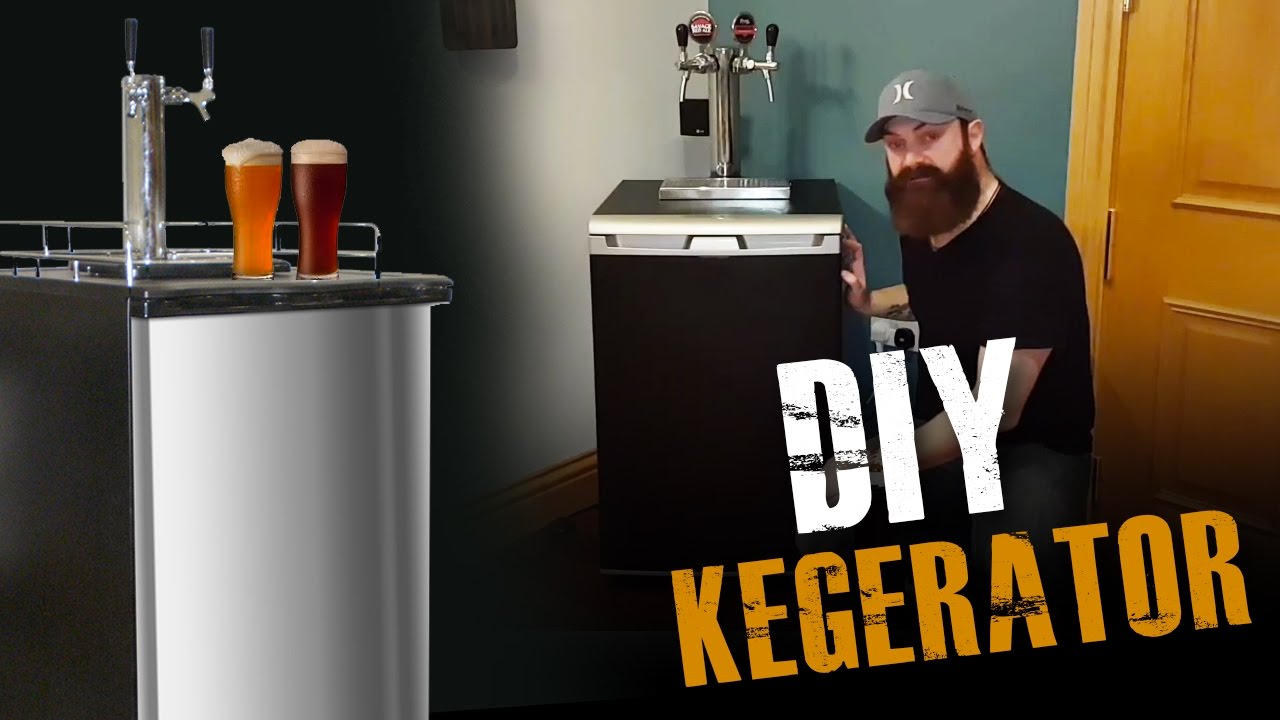
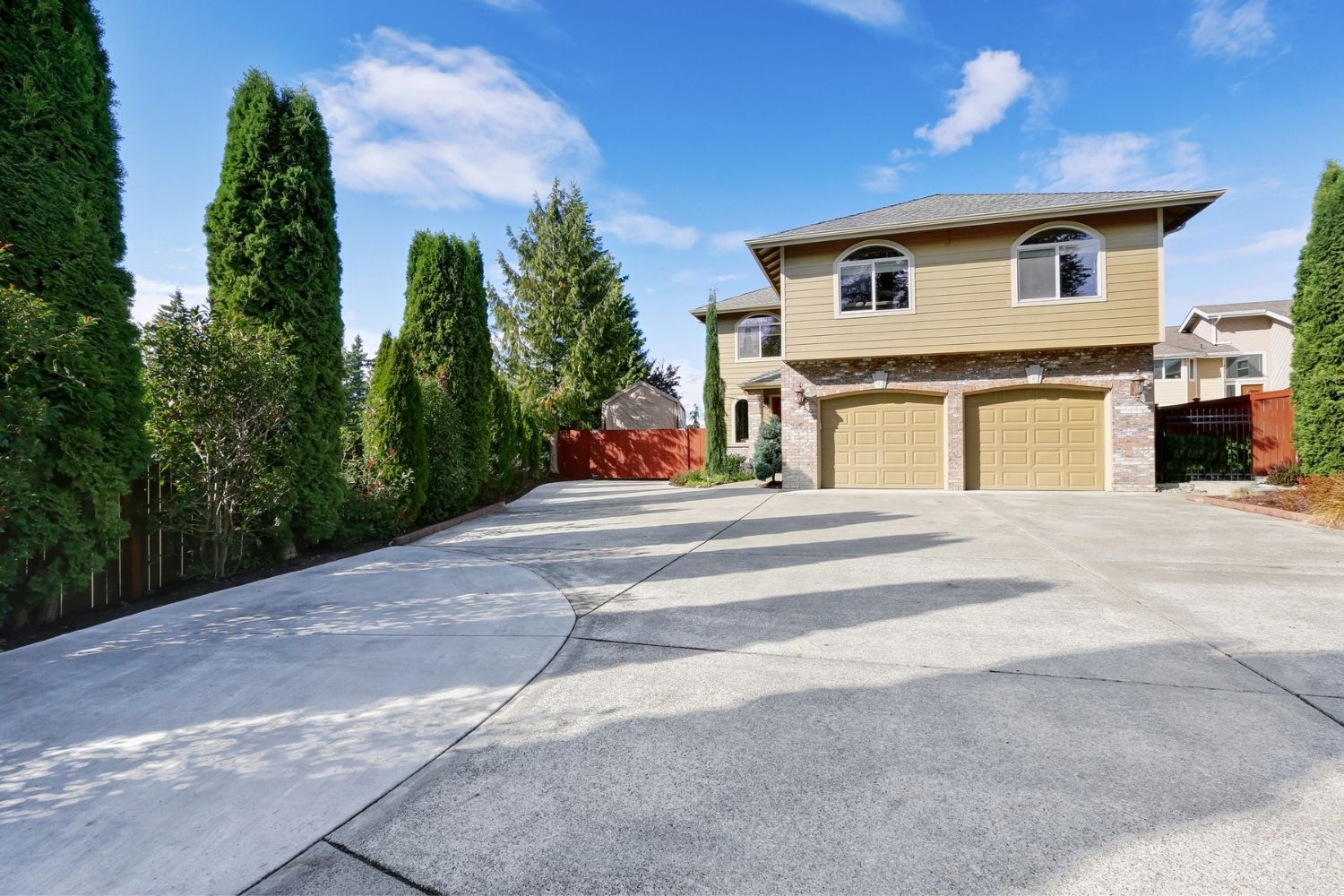
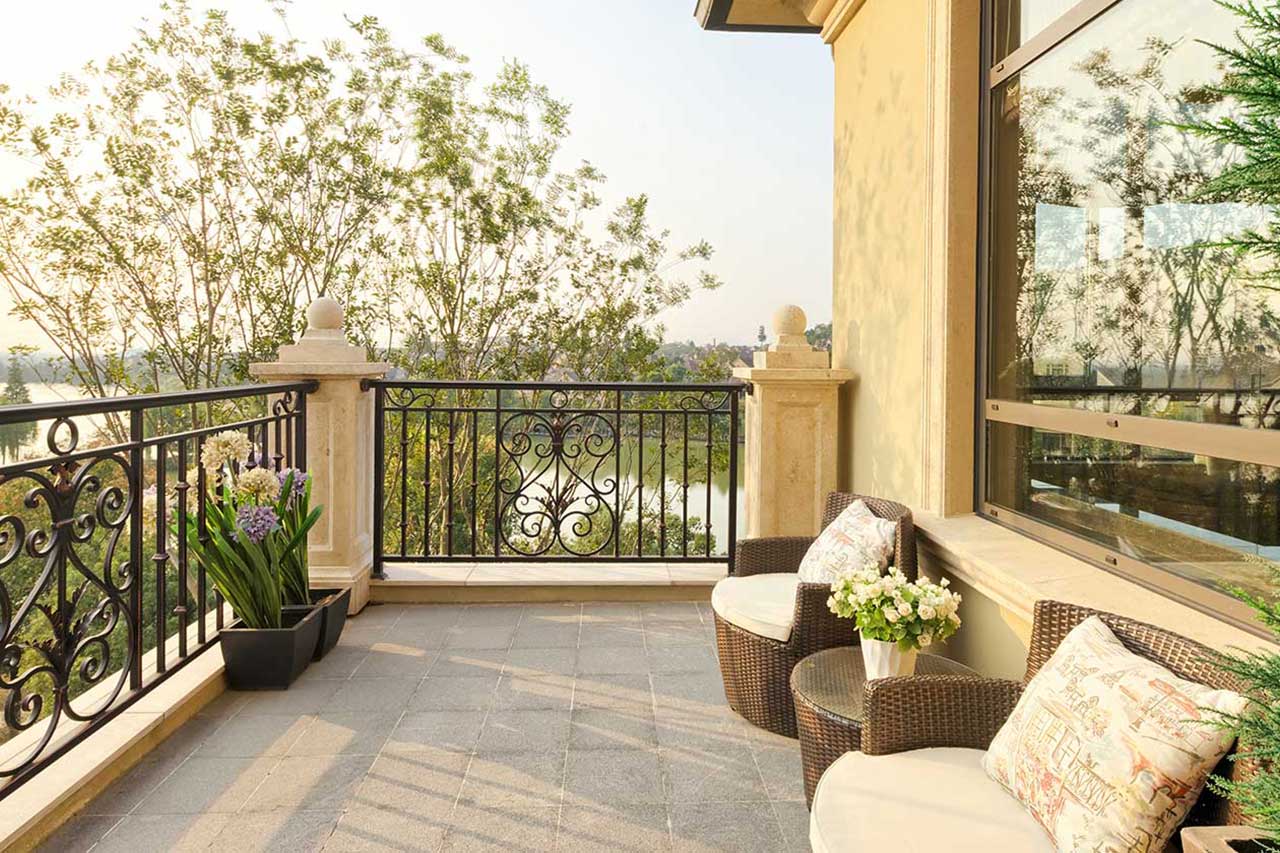

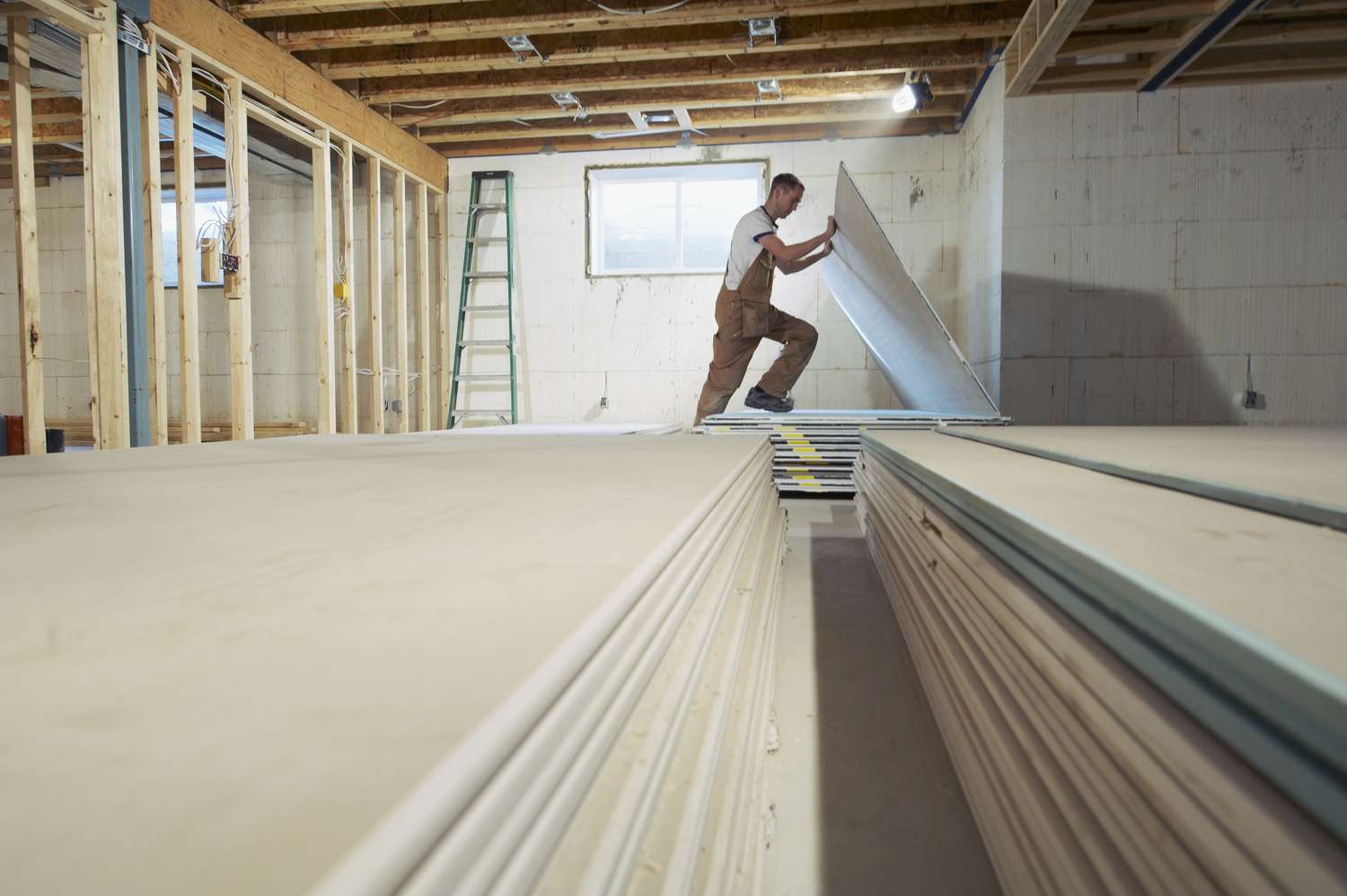
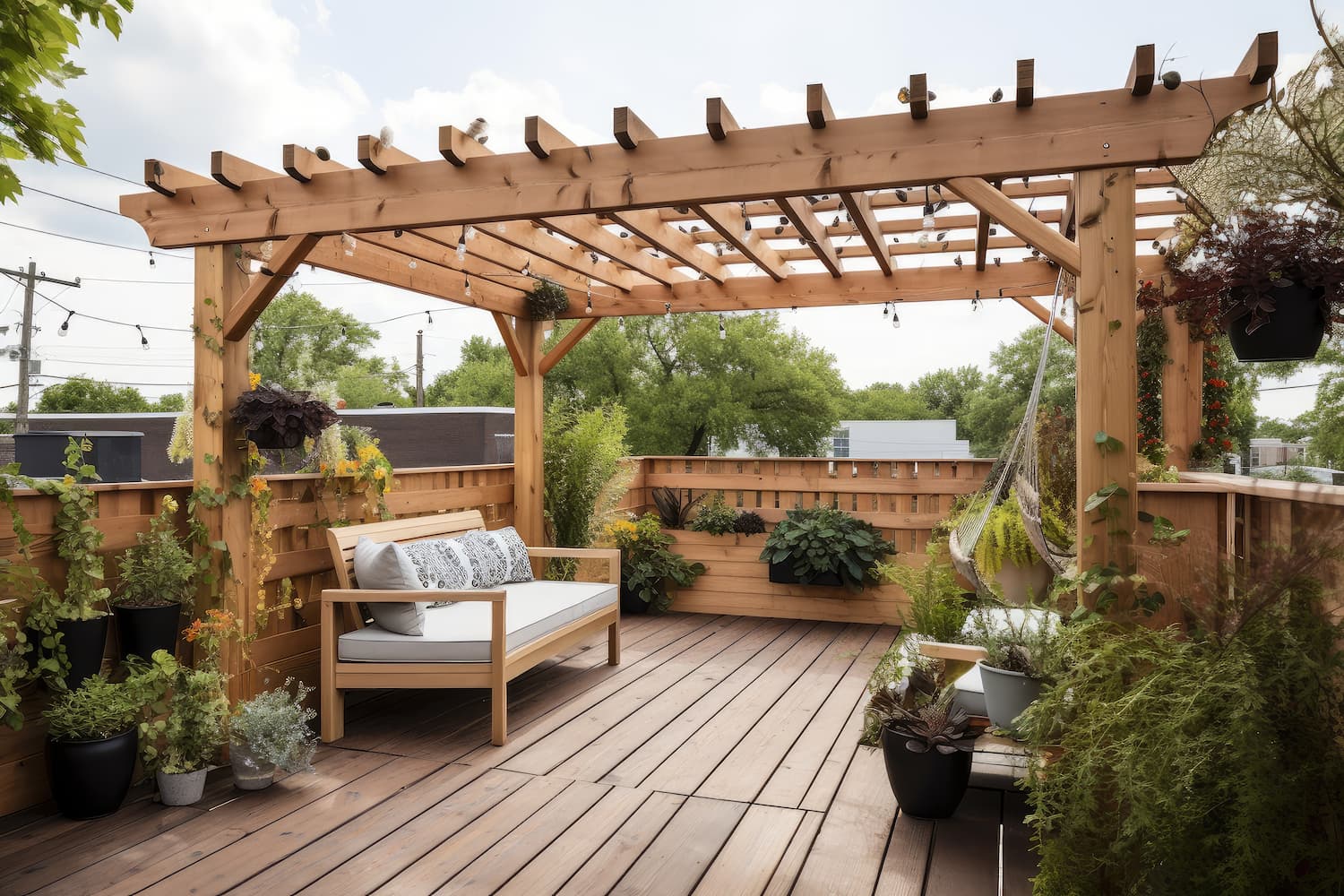
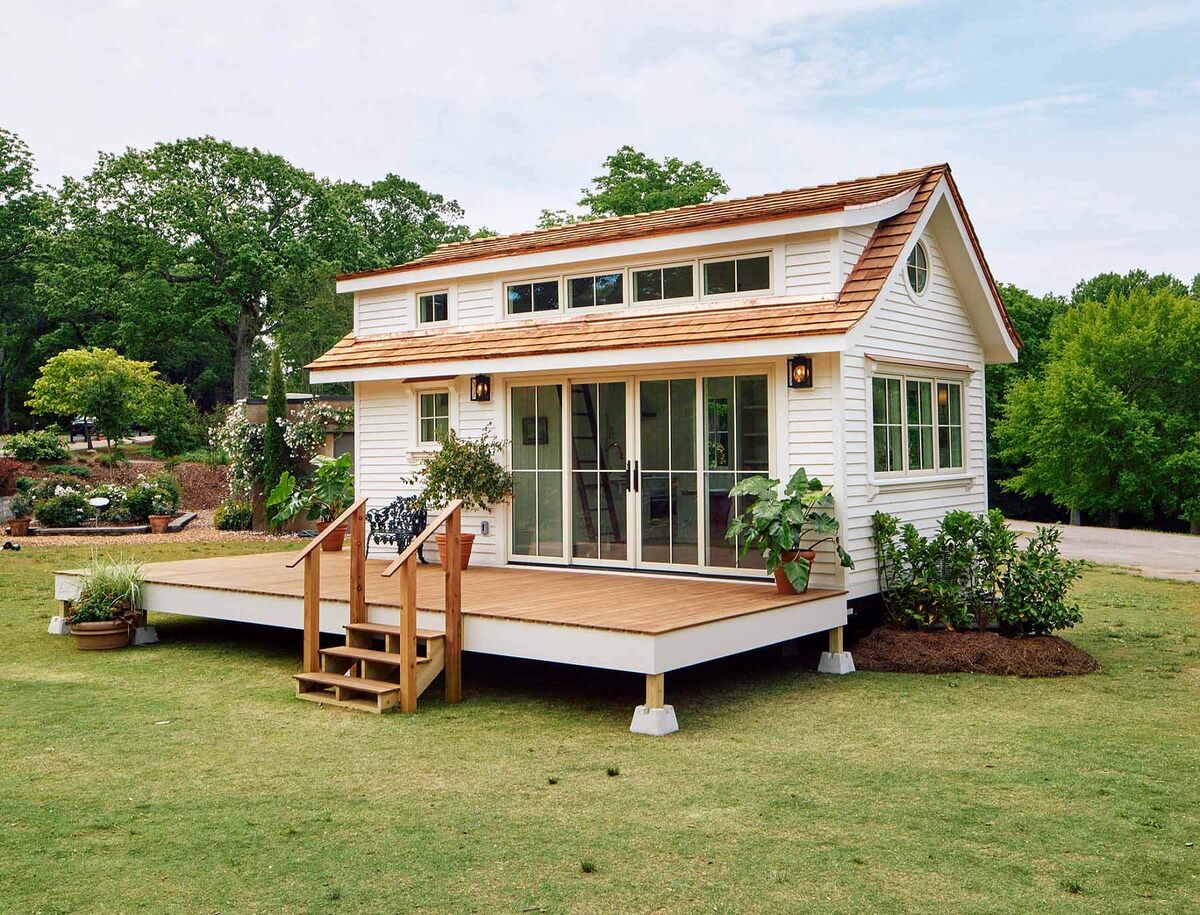
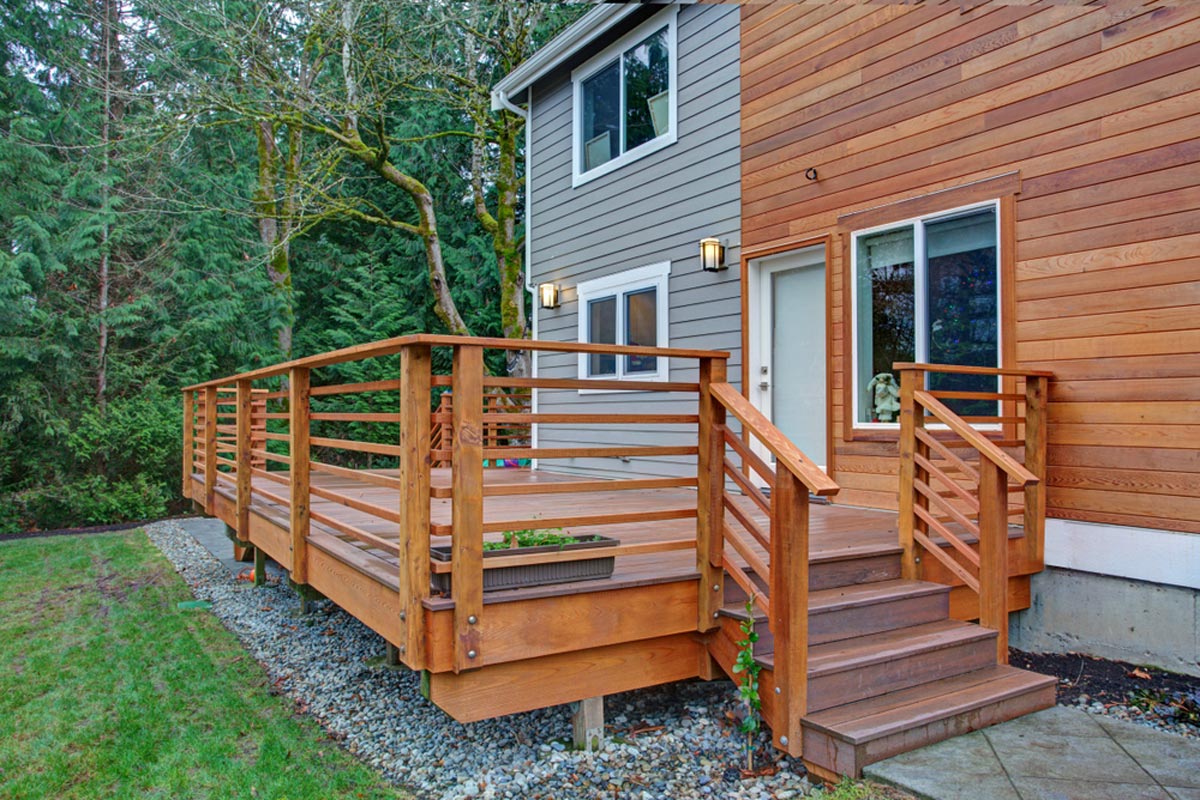

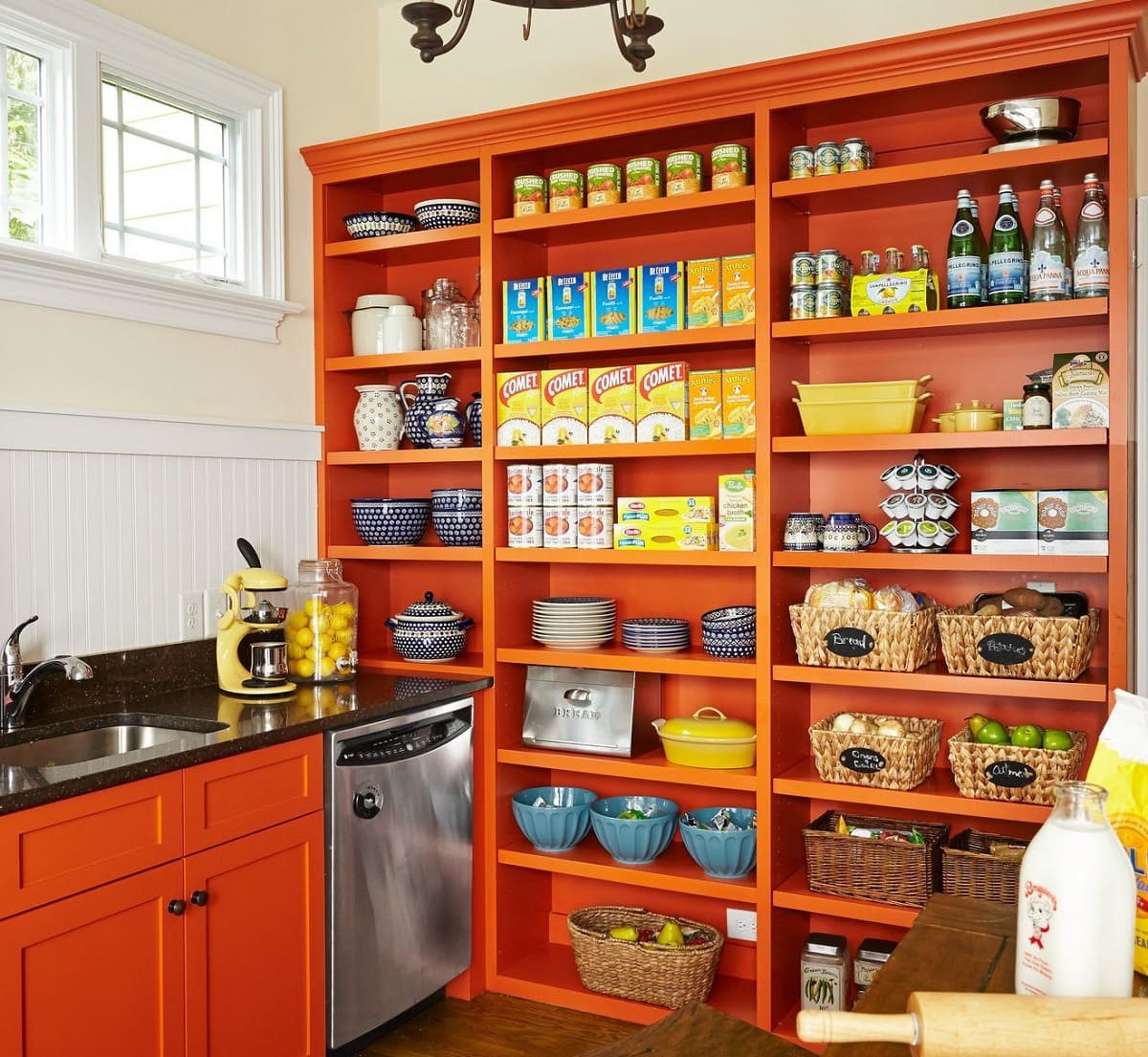
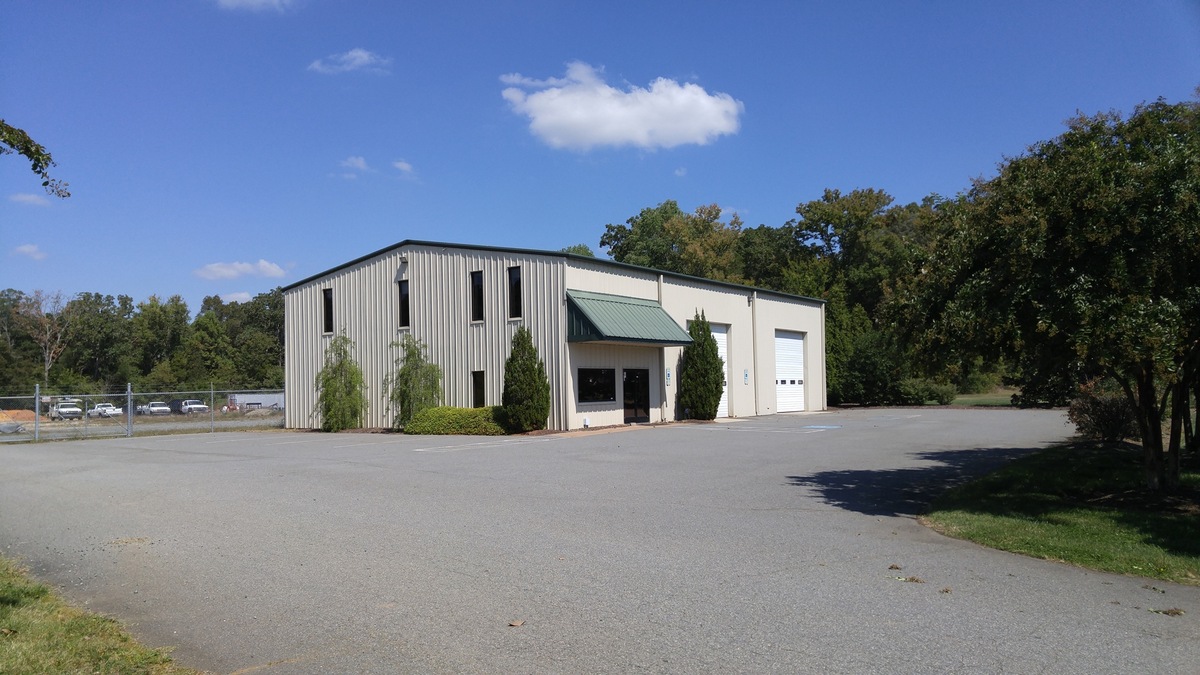

0 thoughts on “How Much Cost To Build A Kegerator”